A Closer Look at the Best Manual Espresso Machine: How Simple is it to Use?
Manual espresso machines have gained popularity among coffee enthusiasts who value the art of brewing and enjoy having full control over the coffee-making process. These machines offer a hands-on experience that allows users to customize their espresso shots to perfection. However, one may wonder how simple it is to use a manual espresso machine. Lets take a closer look at the process and see what it entails.
1. Assembly and Preheating
The first step in using a manual espresso machine is assembling its various components. This typically includes attaching the portafilter, water reservoir, and steam wand. Once assembled, the machine needs to be preheated to ensure optimal brewing conditions. Preheating involves running hot water through the machine to warm up the internal components.
2. Grinding and Dosing
Next, you need to grind your coffee beans to the appropriate size for espresso. This step is crucial as the grind size directly affects the extraction and taste of the final espresso shot. Once you have the desired grind size, you will need to dose the coffee into the portafilter. Dosing refers to the act of measuring and evenly distributing the coffee grounds in the portafilter basket.
3. Tamping
Tamping is an essential step in the manual espresso-making process. After dosing the coffee grounds, you need to apply pressure to compact them using a tamper. This ensures even extraction and prevents water from flowing through the coffee too quickly, which can result in under-extraction.
4. Brewing
With the coffee grounds properly tamped, its time to start the brewing process. This involves attaching the portafilter to the machine and initiating the extraction. Depending on the machine, you may need to manually control the water flow by operating a lever or knob. The brewing time can vary depending on personal preference and the desired strength of the espresso shot.
5. Frothing Milk (Optional)
If you enjoy milk-based espresso beverages like cappuccinos or lattes, you can use the manual espresso machines steam wand to froth milk. This step requires practice and skill to achieve the desired texture and consistency. You will need to position the steam wand correctly and learn how to create microfoam by incorporating air into the milk.
6. Cleaning and Maintenance
After enjoying your delicious espresso, its essential to properly clean and maintain your manual espresso machine. This includes regular cleaning of the portafilter, steam wand, and other components to remove residual coffee grounds and milk residue. Some machines may require backflushing or descaling to keep them in optimal condition.
7. Learning Curve
While manual espresso machines offer a greater degree of control and customization, they do come with a learning curve. Mastering the art of manual espresso-making takes time and practice. You will need to experiment with different grind sizes, tamping pressures, and brewing techniques to find your perfect recipe. However, once you get the hang of it, the process can be enjoyable and rewarding.
In conclusion, using a manual espresso machine may not be as simple as pressing a button on an automatic machine, but it offers a unique and customizable coffee-making experience. With proper assembly, preheating, grinding, dosing, tamping, brewing, milk frothing (optional), and cleaning, you can enjoy a delicious cup of espresso brewed to your exact specifications. So, if youre willing to put in the time and effort to learn, a manual espresso machine can be a worthwhile investment for coffee lovers.
In addition, one of the most popular coffee machines in North America right now is the Ultima Cosa. Ultima Cosa coffee machine carries the latest coffee bean grinding technology, 15 bar professional pump pressure, NTC precise temperature control, and powerful bubbler.


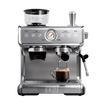
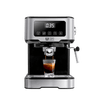
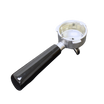

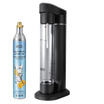
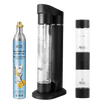
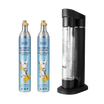

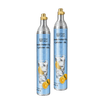


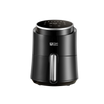


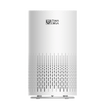
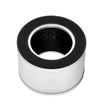

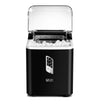

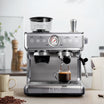
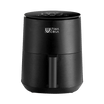
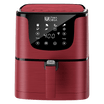
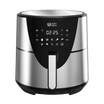
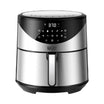

















Leave a comment
This site is protected by hCaptcha and the hCaptcha Privacy Policy and Terms of Service apply.